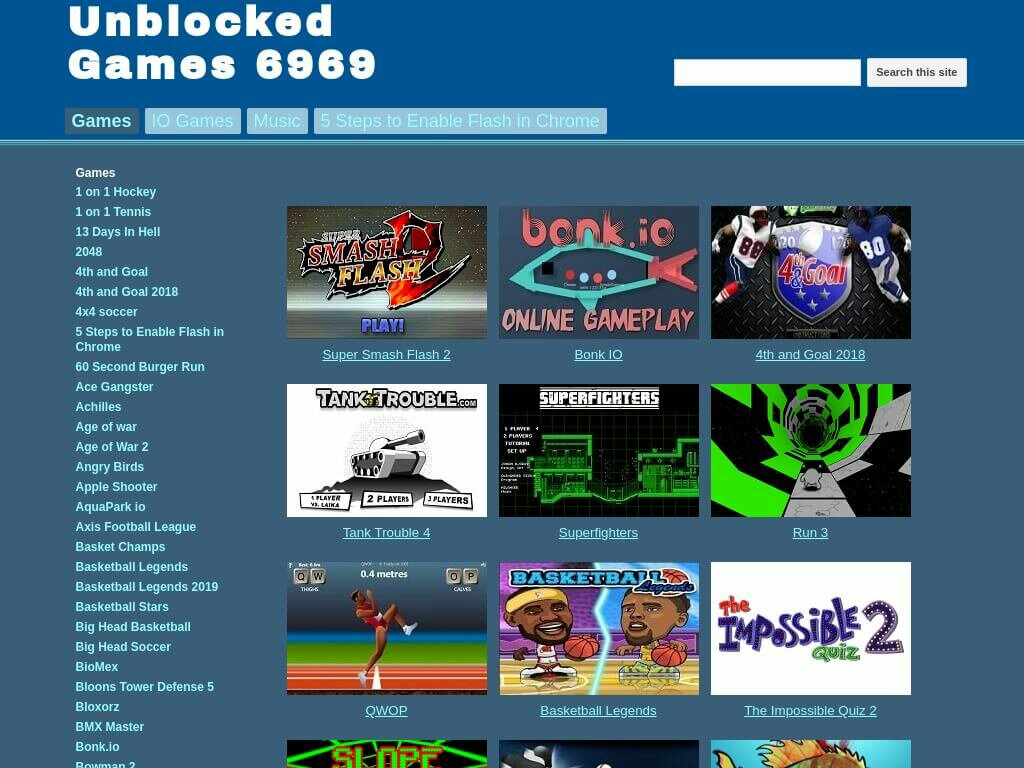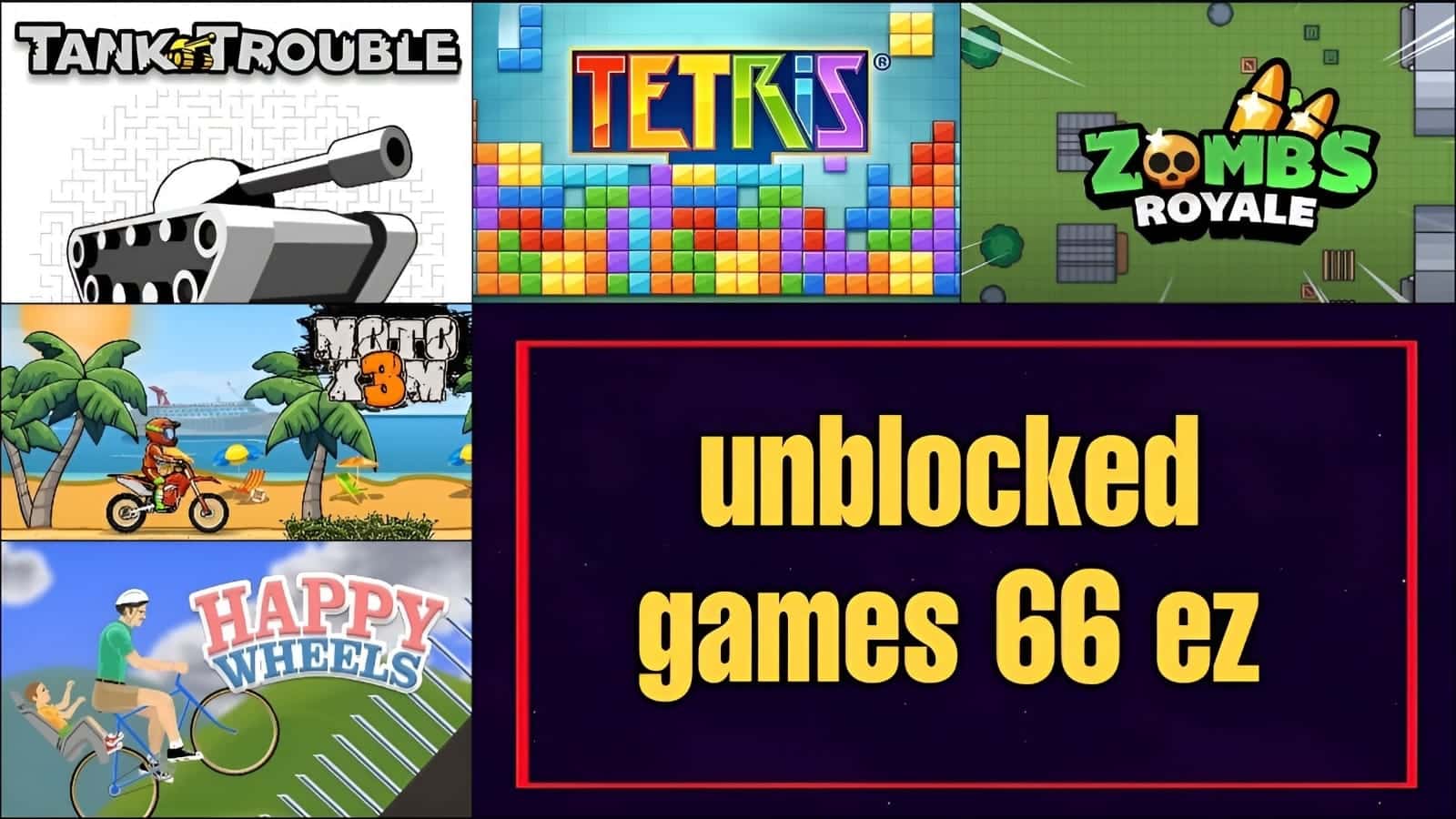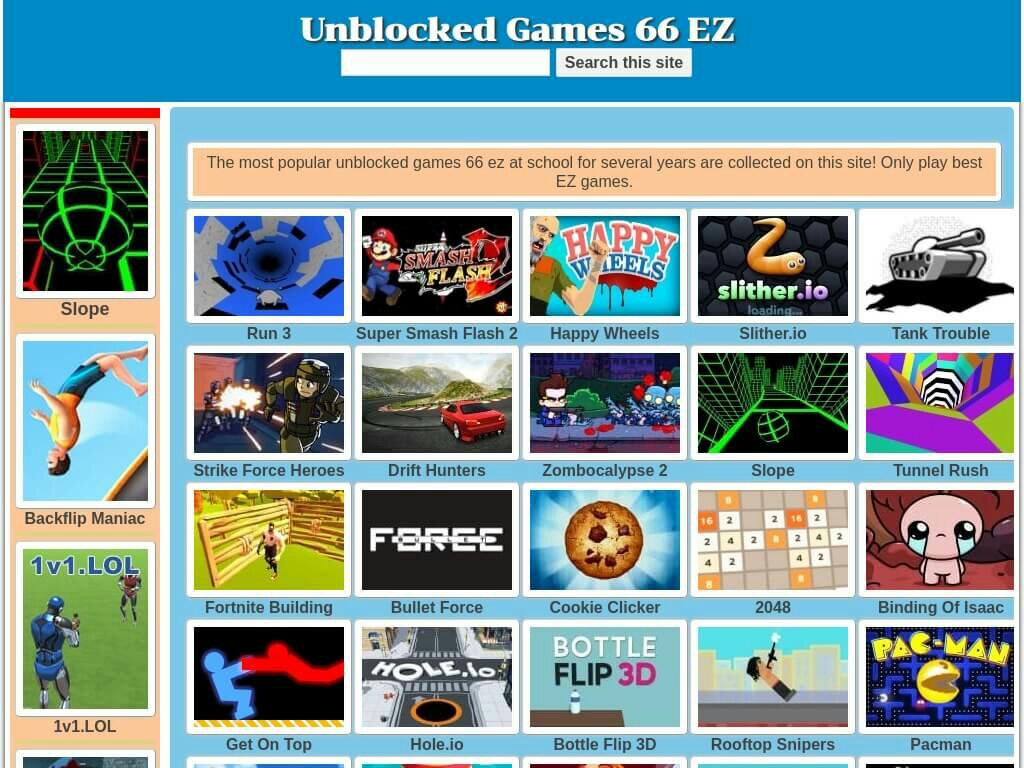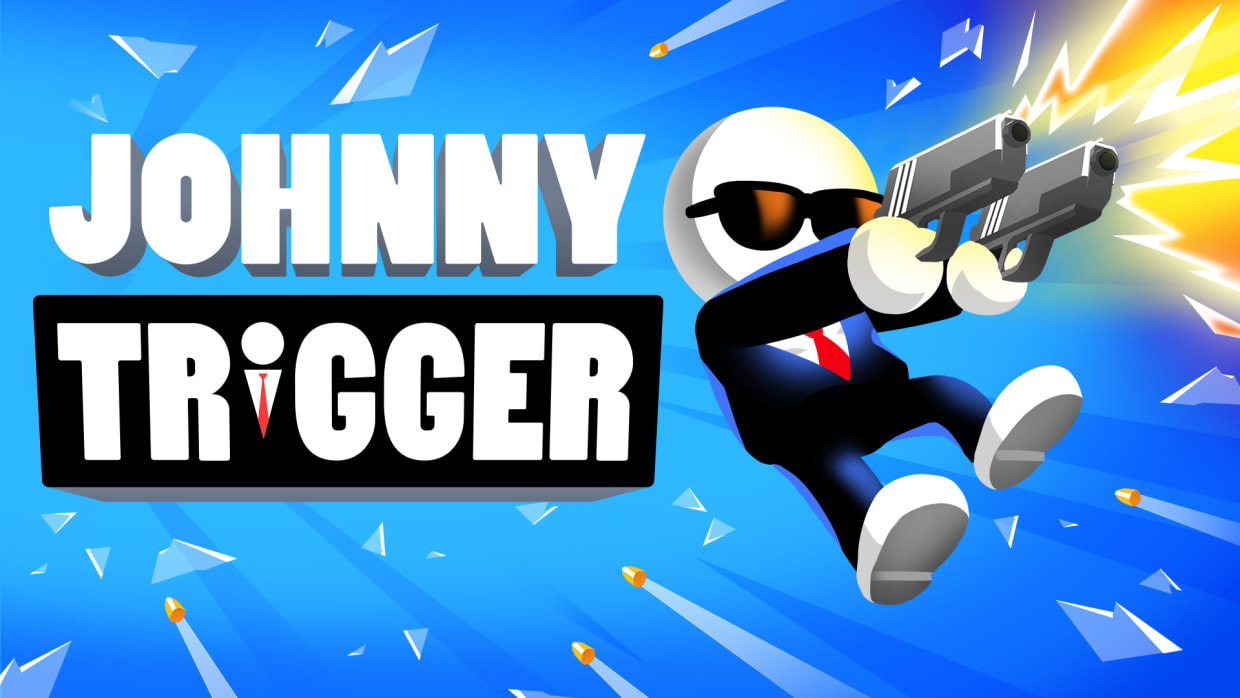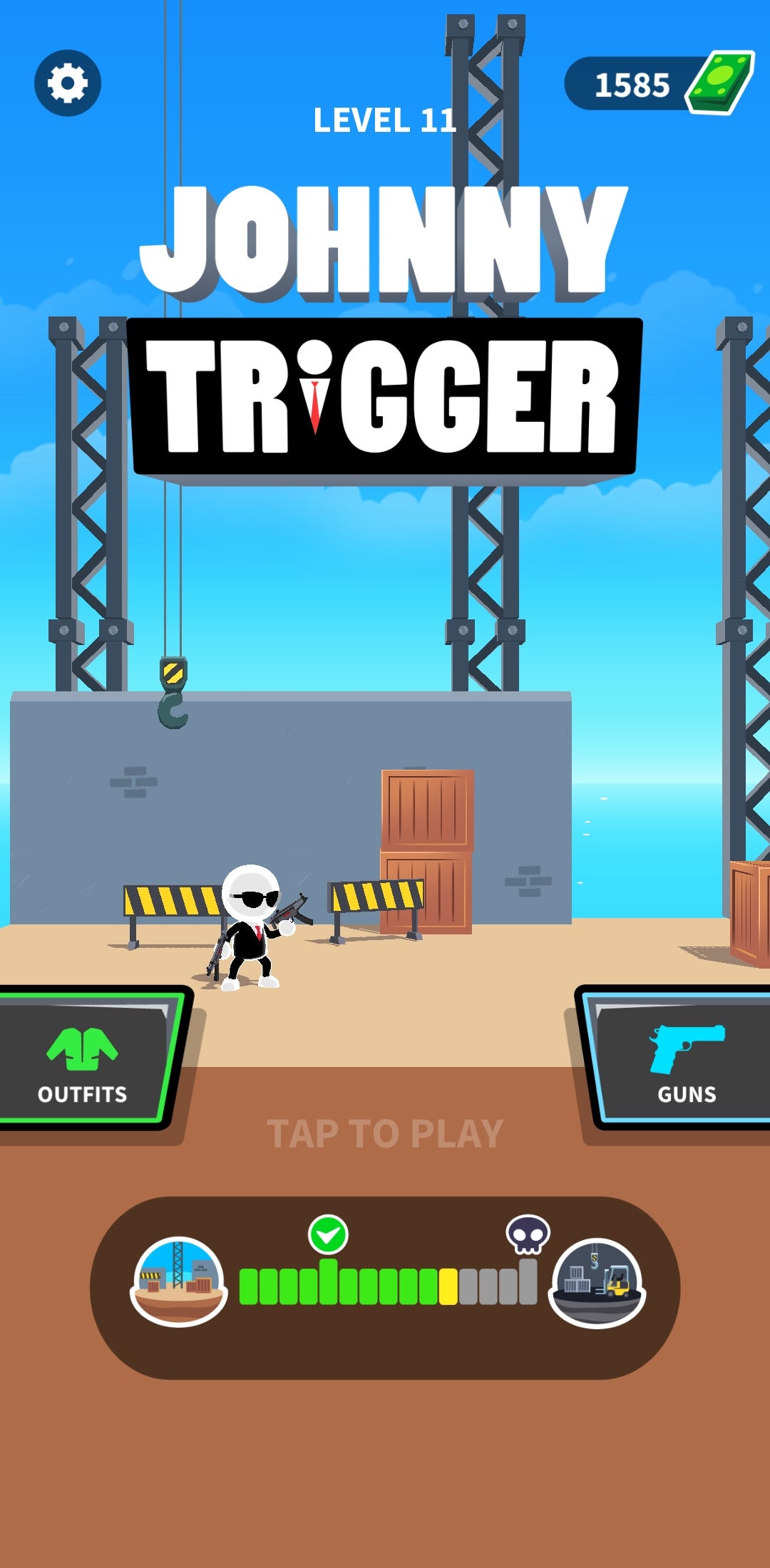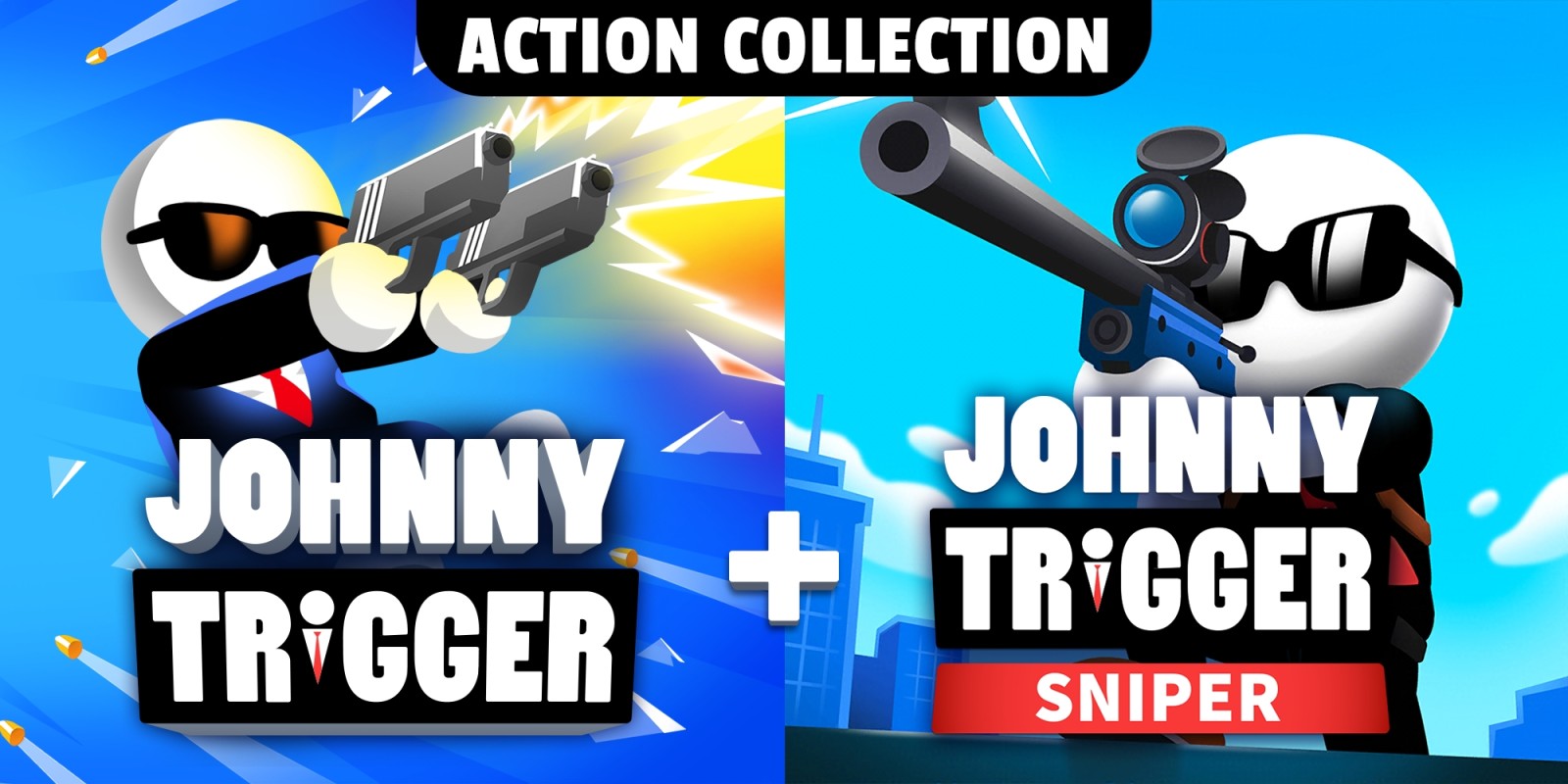Navigating The Digital Playground: A Comprehensive Look At Unblocked Games In Educational Settings
Navigating the Digital Playground: A Comprehensive Look at Unblocked Games in Educational Settings
Related Articles: Navigating the Digital Playground: A Comprehensive Look at Unblocked Games in Educational Settings
Introduction
With enthusiasm, let’s navigate through the intriguing topic related to Navigating the Digital Playground: A Comprehensive Look at Unblocked Games in Educational Settings. Let’s weave interesting information and offer fresh perspectives to the readers.
Table of Content
Navigating the Digital Playground: A Comprehensive Look at Unblocked Games in Educational Settings

The digital landscape within educational institutions is a complex tapestry woven with threads of learning, control, and the ever-present allure of entertainment. Within this landscape, the concept of "unblocked games" emerges as a point of both curiosity and contention. This article aims to provide a comprehensive understanding of the phenomenon, exploring its historical context, technical aspects, and the various perspectives surrounding its presence in schools.
The Genesis of Unblocked Games: A Historical Perspective
The emergence of unblocked games can be traced back to the early days of internet connectivity in schools. As schools began integrating computers into their classrooms, students naturally sought ways to utilize this newfound technology for recreational purposes. Websites hosting simple, browser-based games quickly gained popularity, providing a welcome respite from the often-rigorous academic demands.
However, school administrators, concerned about potential distractions and misuse of school resources, implemented content filtering systems. These systems, designed to block access to inappropriate or potentially harmful websites, often inadvertently blocked access to harmless games. This led to a burgeoning underground movement of sorts, with students seeking out and sharing links to games that bypassed the filters, thus giving rise to the term "unblocked games."
The Technical Side: How Unblocked Games Work
The technical mechanisms behind unblocked games are relatively straightforward. Most school networks utilize web filtering software that relies on predefined lists of websites to determine which content is allowed or blocked. These lists are often updated regularly to reflect changes in online content and emerging threats. However, the dynamic nature of the internet means that new websites and games emerge constantly, potentially slipping through the cracks of these filtering systems.
Unblocked games often achieve their status by employing one or more of the following strategies:
- Clever Naming: Games might use names that are not easily recognized by filtering software, such as using misspellings or obscure terms.
- Hosting on Unfiltered Domains: Games might be hosted on websites that are not included in the school’s blocked list, often utilizing free hosting services or platforms.
- Using Proxy Servers: Students might use proxy servers to mask their internet traffic, effectively bypassing the school’s filtering system.
- Employing Browser Extensions: Certain browser extensions can be used to unblock websites, although these methods are often less reliable and may pose security risks.
The Debate: Perspectives on Unblocked Games
The presence of unblocked games in schools has sparked a multifaceted debate, with perspectives ranging from staunch opposition to cautious acceptance.
Arguments Against Unblocked Games:
- Distraction from Academic Work: Critics argue that unblocked games can lead to significant distractions, hindering students’ focus on their academic tasks and reducing their overall productivity.
- Waste of Time and Resources: Access to games can lead to students spending excessive time on entertainment, potentially neglecting their academic responsibilities and wasting valuable school resources.
- Cybersecurity Concerns: Unblocked games may originate from unreliable sources, potentially exposing students to malware, phishing attempts, or other cyber threats.
- Inappropriate Content: Some games might contain content that is deemed unsuitable for educational settings, potentially exposing students to harmful or inappropriate material.
Arguments in Favor of Unblocked Games:
- Stress Relief and Mental Breaks: Proponents argue that unblocked games can provide students with a much-needed break from the pressures of academic work, allowing them to de-stress and refresh their minds.
- Learning and Development: Some games can offer educational benefits, promoting problem-solving skills, critical thinking, and even enhancing hand-eye coordination.
- Social Interaction and Collaboration: Online multiplayer games can foster social interaction and collaboration among students, promoting teamwork and communication skills.
- Engagement and Motivation: Games can provide a fun and engaging way to learn, potentially increasing students’ motivation and interest in specific subjects.
Navigating the Complexities: Finding a Balanced Approach
The debate surrounding unblocked games highlights the challenges of balancing academic rigor with the need for student well-being and engagement. A balanced approach requires a nuanced understanding of the potential benefits and risks associated with access to online games.
Strategies for Responsible Integration:
- Clear Policies and Guidelines: Schools should establish clear policies and guidelines regarding the use of online games, outlining acceptable usage, time limits, and consequences for misuse.
- Educational Games and Resources: Schools can incorporate educational games and resources into their curriculum, utilizing their potential for learning and engagement.
- Parental Involvement: Open communication and collaboration with parents can help address concerns and establish shared expectations regarding online gaming.
- Teacher Supervision and Guidance: Teachers can play a crucial role in supervising students’ online activities, ensuring that games are used responsibly and do not interfere with academic work.
- Technology and Filtering Solutions: Schools can utilize advanced filtering systems and technologies to block access to inappropriate content while allowing access to educational or age-appropriate games.
Frequently Asked Questions (FAQs) Regarding Unblocked Games
1. Are all unblocked games safe?
No, not all unblocked games are safe. Some games may contain inappropriate content, malware, or phishing attempts. It is crucial for students and educators to exercise caution and only access games from reputable sources.
2. What are the potential risks associated with unblocked games?
Potential risks include distractions from academic work, cyber security threats, exposure to inappropriate content, and potential for cyberbullying or harassment.
3. How can schools prevent access to inappropriate games?
Schools can utilize web filtering software, implement strong cybersecurity practices, and educate students about online safety.
4. Can unblocked games be beneficial for learning?
Yes, some games can offer educational benefits, promoting problem-solving skills, critical thinking, and even enhancing hand-eye coordination.
5. What are some strategies for using unblocked games responsibly?
Strategies include establishing clear policies and guidelines, incorporating educational games into the curriculum, encouraging parental involvement, and ensuring teacher supervision.
Tips for Students and Educators on Navigating Unblocked Games
- Exercise Caution: Always be cautious when accessing games online, especially those found through unblocked links.
- Verify Sources: Ensure that the games you access originate from reputable sources and are not associated with any known malware or phishing attempts.
- Read Reviews: Check reviews and ratings of games before accessing them, paying attention to user feedback and safety concerns.
- Communicate with Parents or Educators: Discuss any concerns you have about unblocked games with parents or teachers, seeking guidance and support.
- Prioritize Academic Work: Remember that schoolwork should always take priority, and games should be used responsibly as a means of relaxation or educational enrichment.
Conclusion: Unblocked Games and the Future of Education
The phenomenon of unblocked games in schools reflects the evolving relationship between technology, education, and student behavior. While concerns about distractions and potential risks remain valid, a balanced approach that acknowledges the potential benefits of games for learning and engagement is crucial. By implementing responsible strategies, fostering open communication, and utilizing technology effectively, schools can create a digital environment that balances academic rigor with student well-being and the ever-present allure of the digital playground.
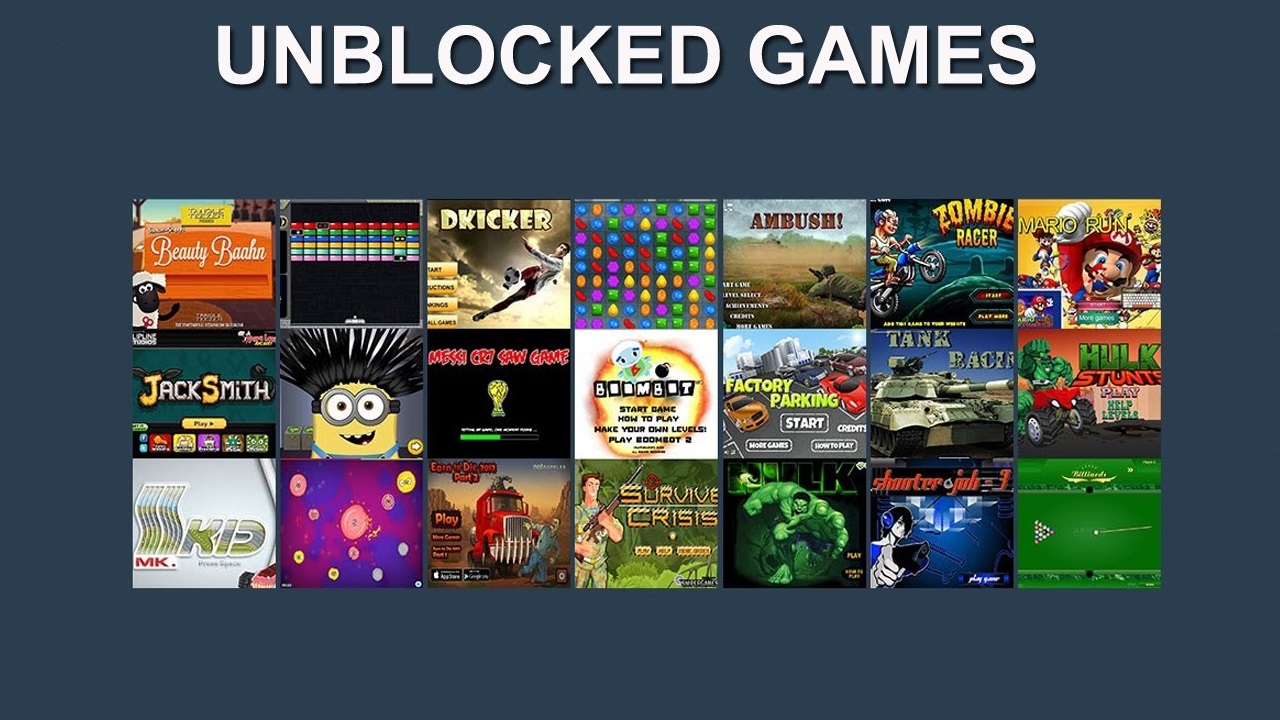


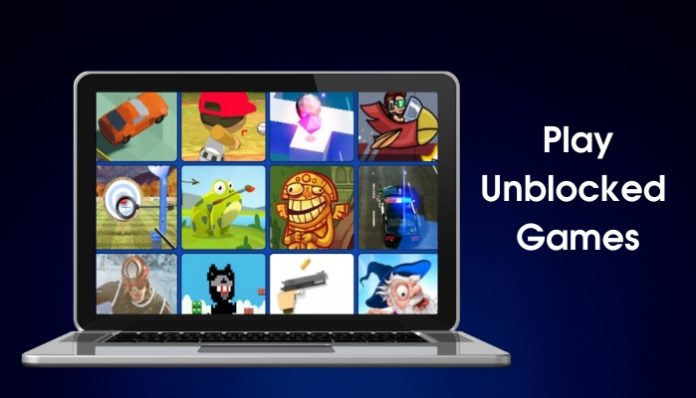




Closure
Thus, we hope this article has provided valuable insights into Navigating the Digital Playground: A Comprehensive Look at Unblocked Games in Educational Settings. We hope you find this article informative and beneficial. See you in our next article!

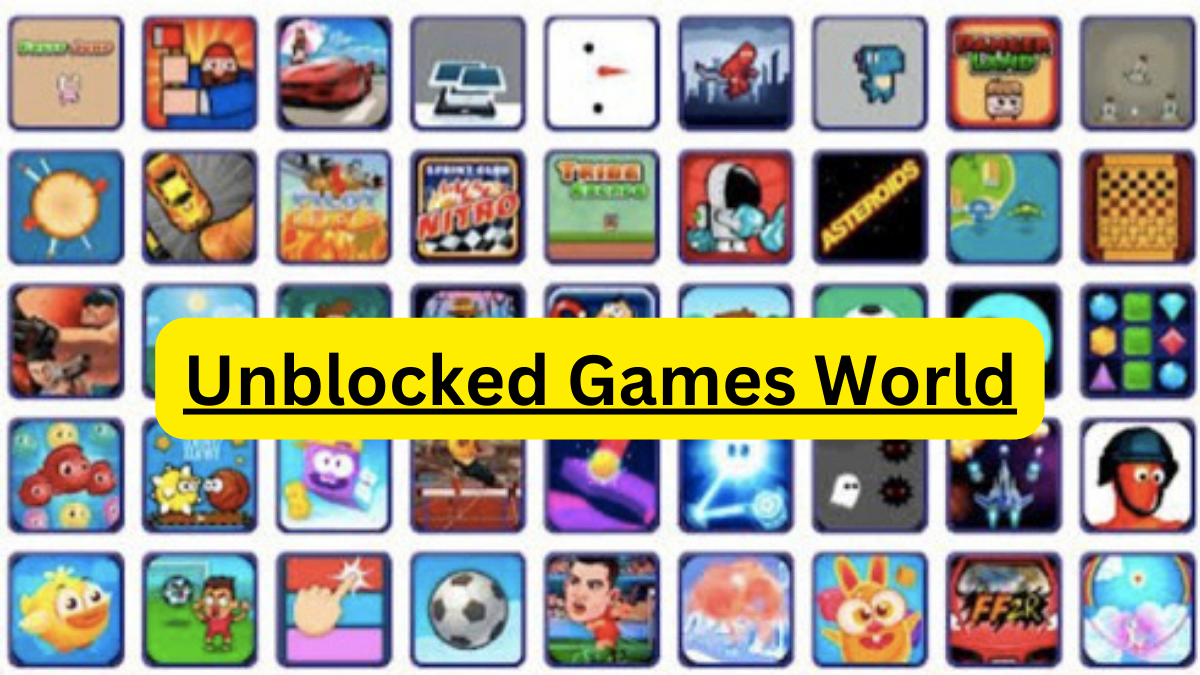
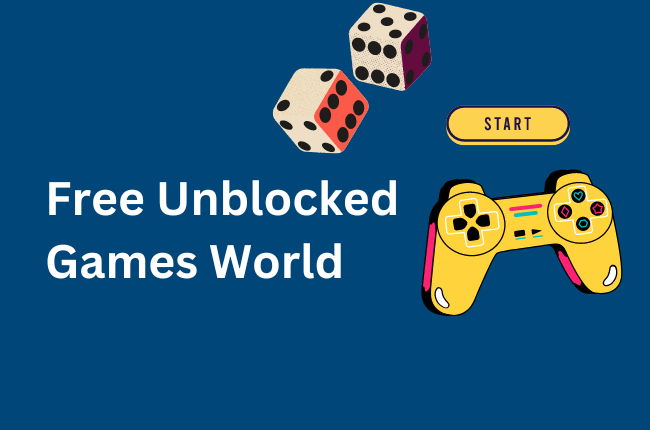



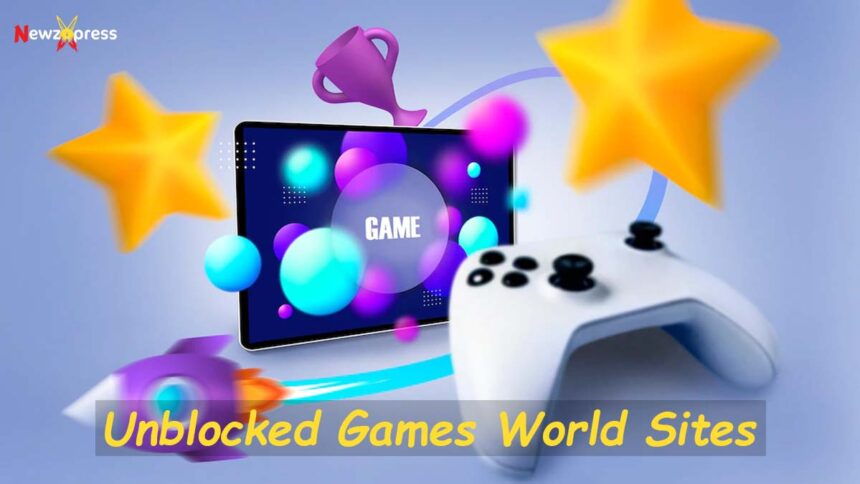

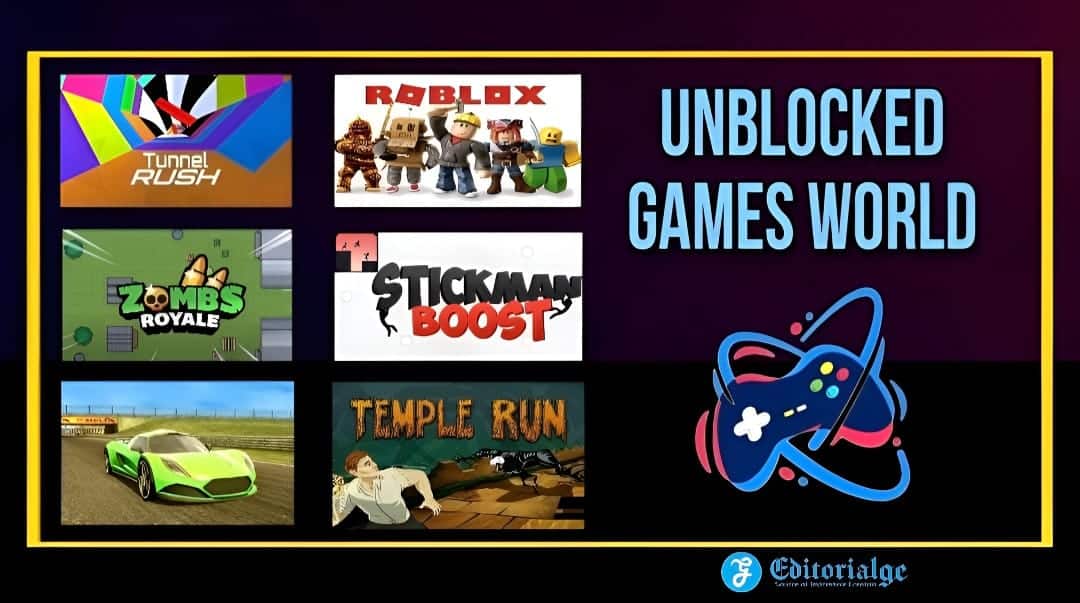
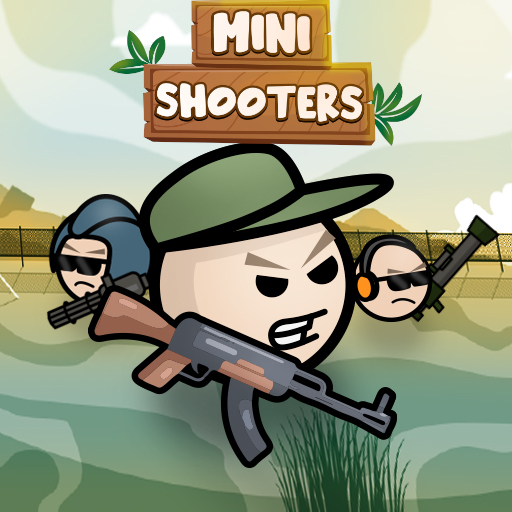






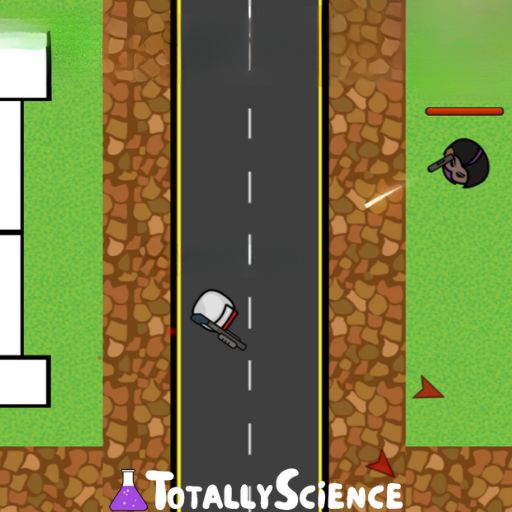
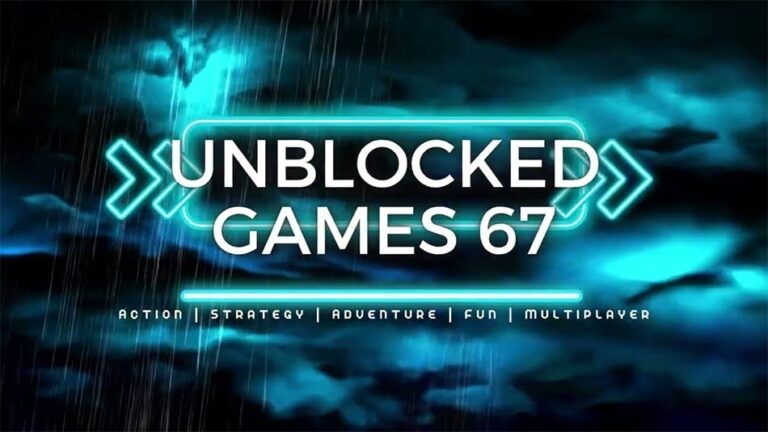
![Unblocked Games: 18 Free Sites to Play Online [2021]](https://www.xomba.com/wp-content/uploads/2021/05/58694ec448bf950d783b808c94418e34.png)

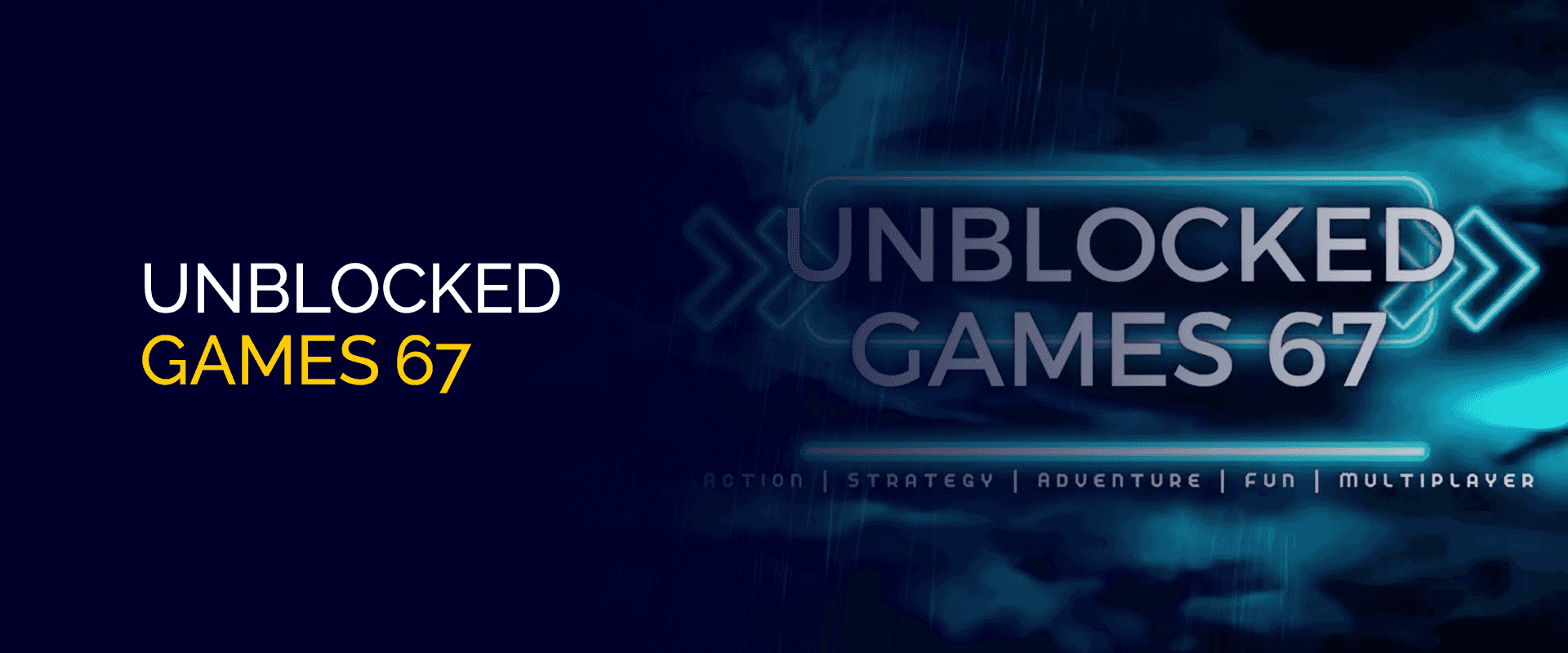
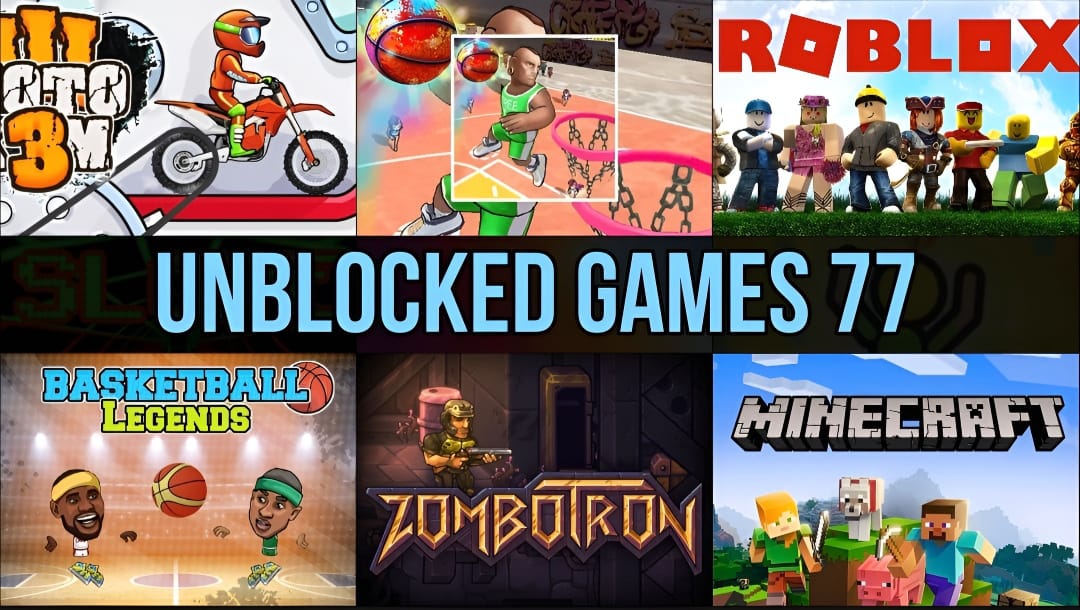




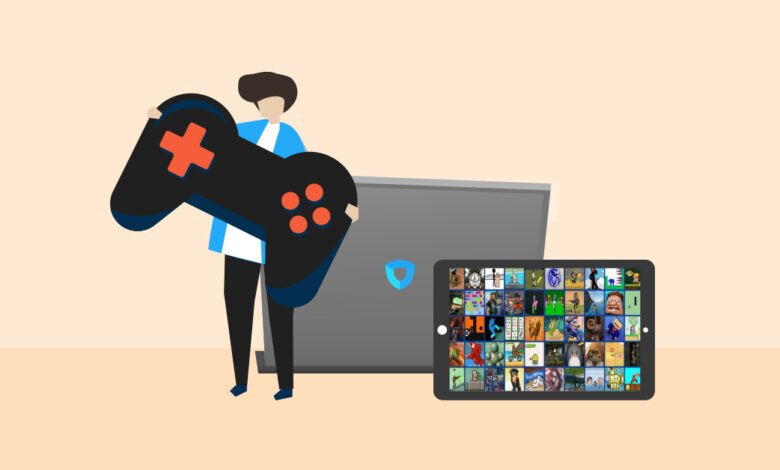
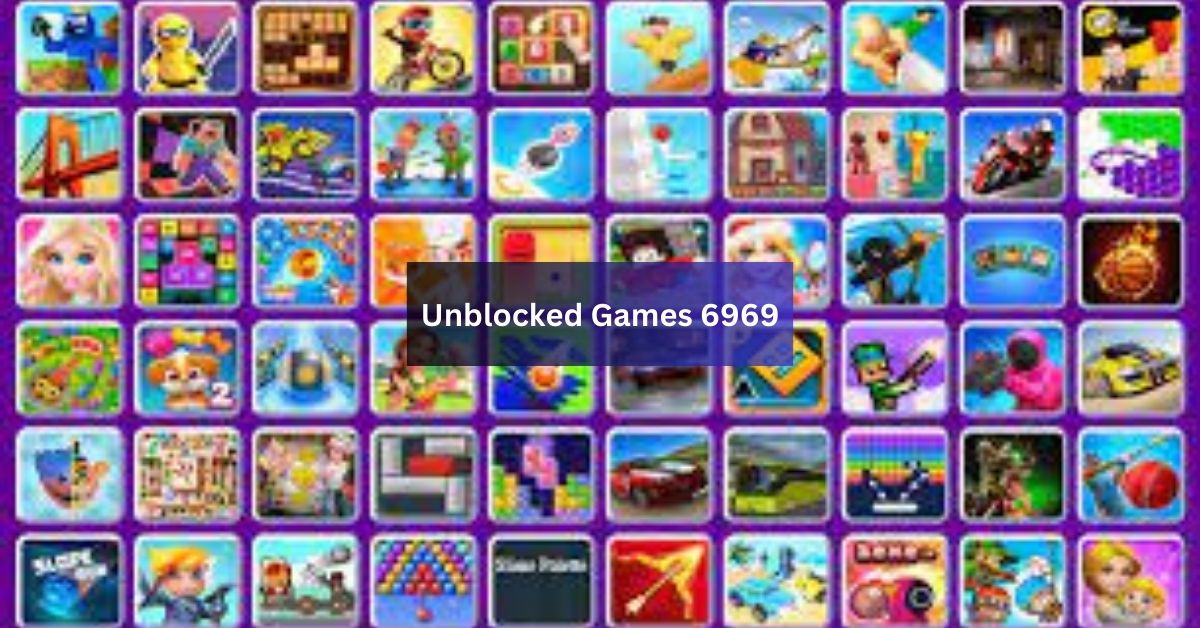
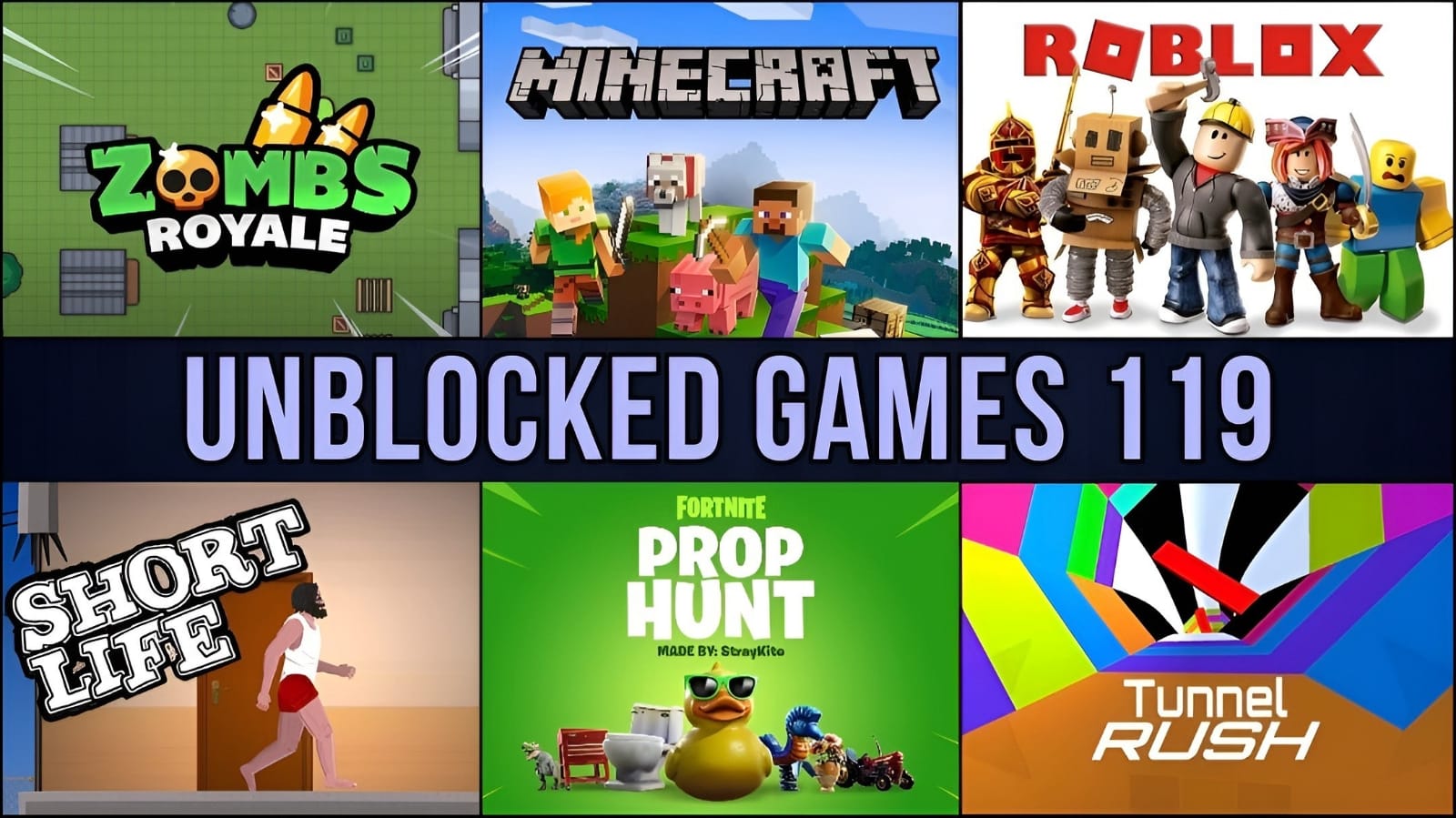

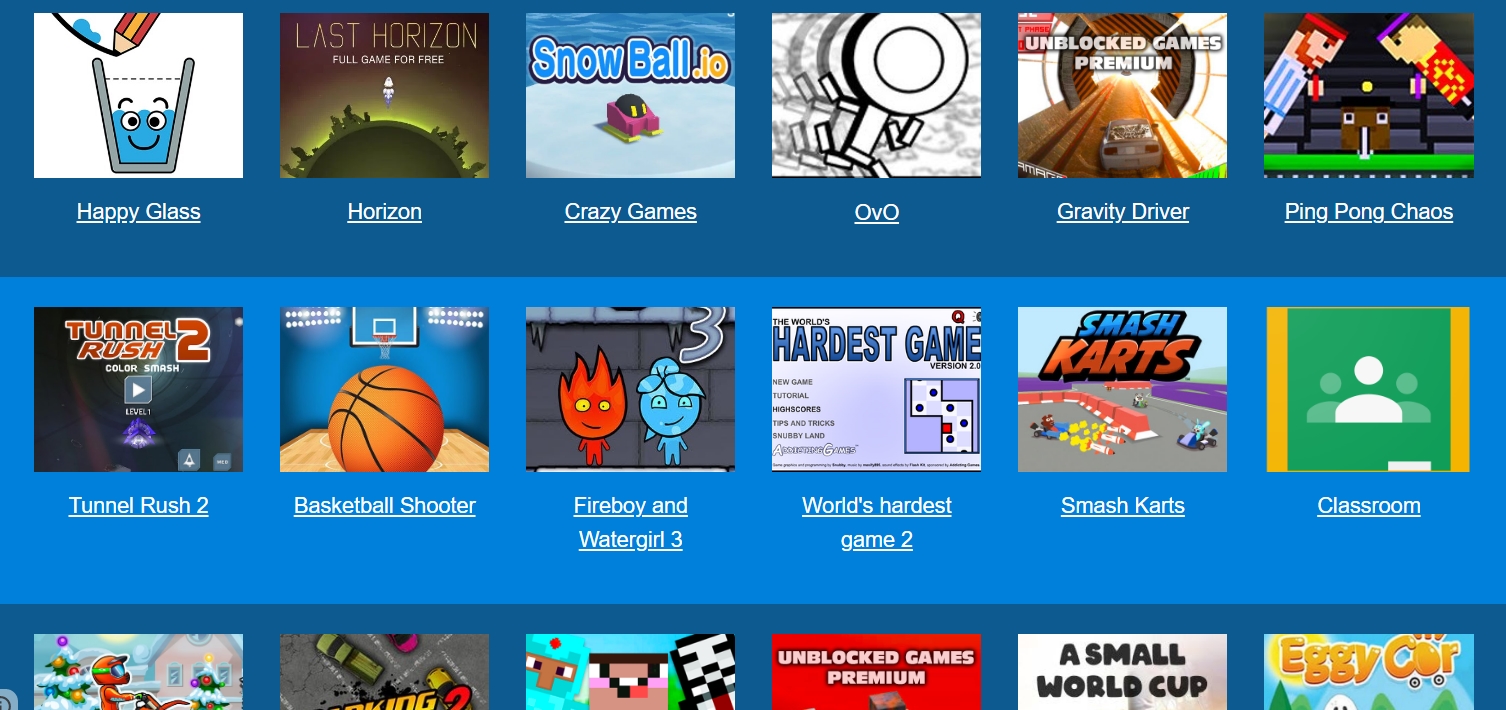

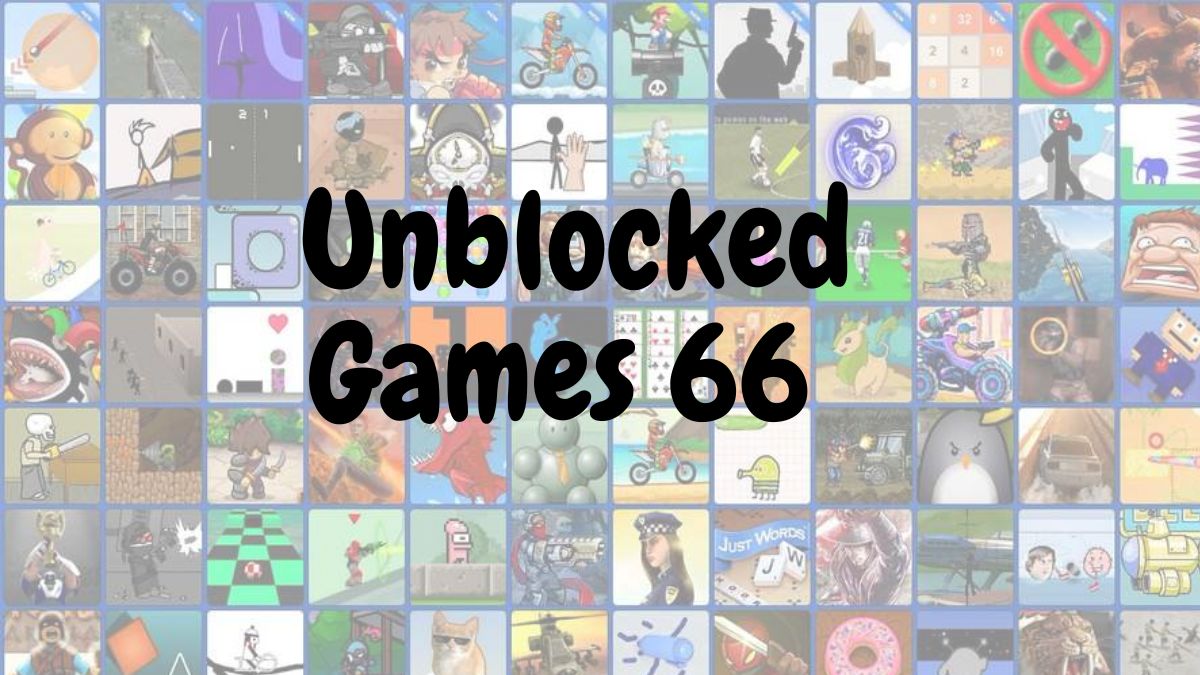
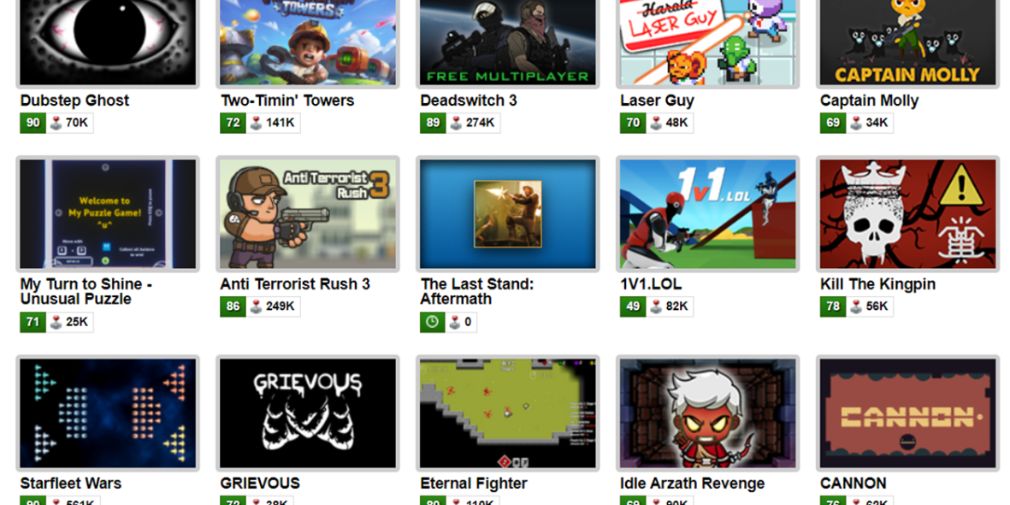




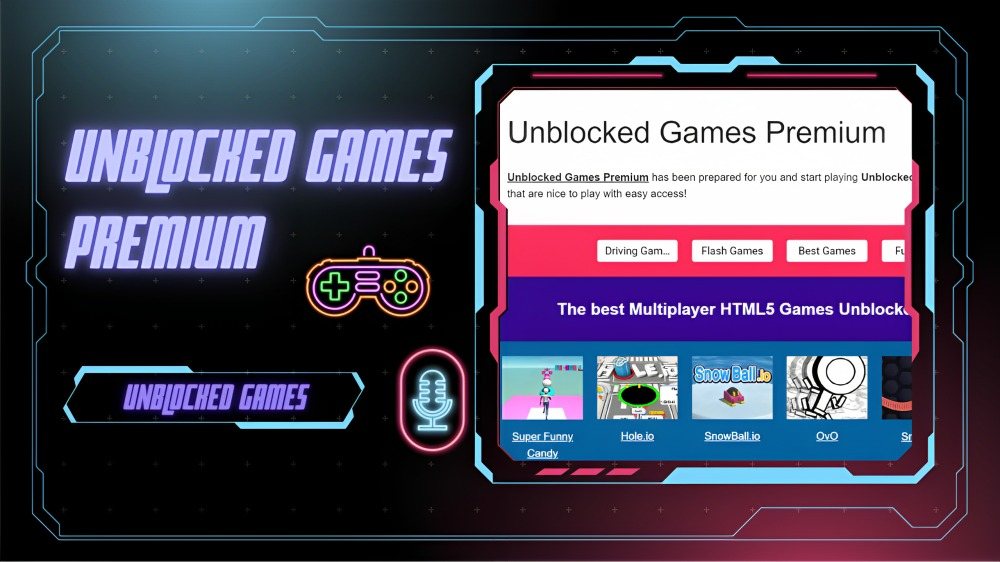
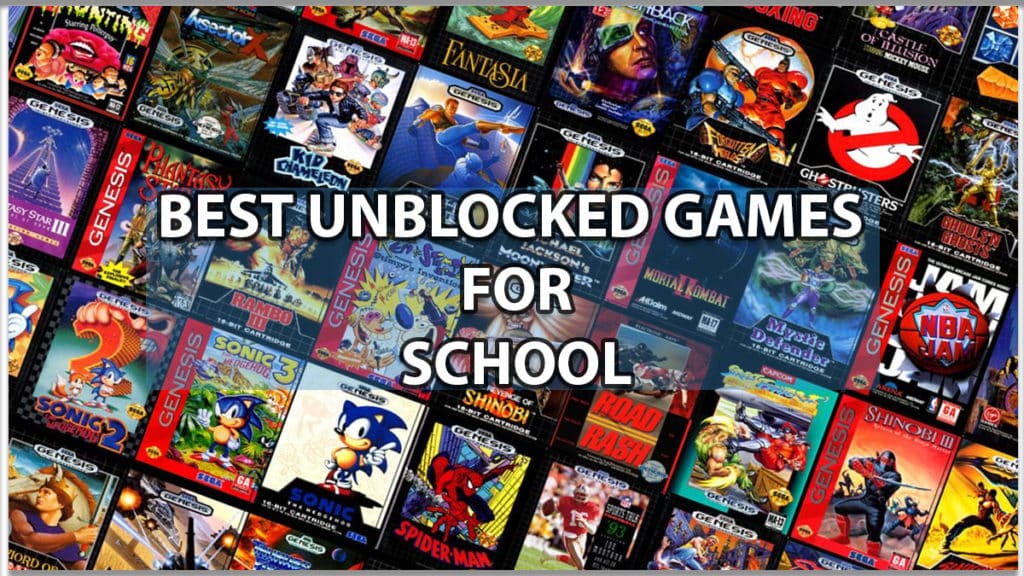
![The Best Free Unblocked Games Sites You Can Play at School [2020]](https://deskrush.com/wp-content/uploads/2020/03/unblockedgamesmmcn-min-1024x472.jpg)
![The Best Free Unblocked Games Sites You Can Play at School [2020]](https://deskrush.com/wp-content/uploads/2020/03/unblockedgamespod-min-768x340.jpg)


